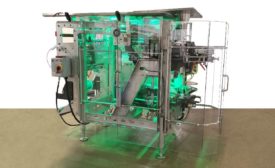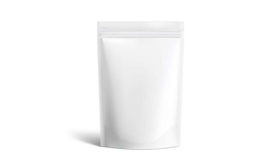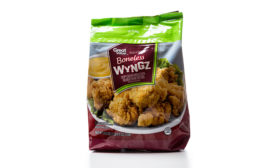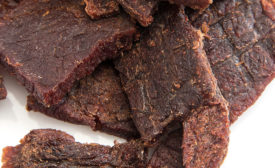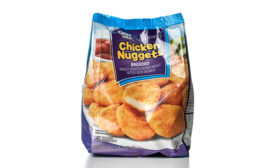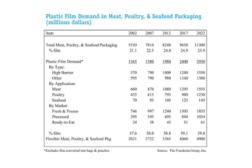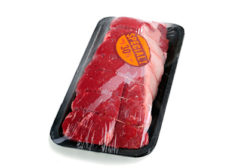Home » Keywords: » form fill seal packaging
Items Tagged with 'form fill seal packaging'
ARTICLES
Packaging Tech
Form-fill-seal supports growing market
Flexible packaging materials and machines deliver longer shelf life, shelf impact and higher productivity.
Read More
Packaging Tech
Form-fill-seal: Expanded universe
Form-fill-seal applications continue to grow, taking “near commodity” roll stock with it.
Read More
Guest Commentary
Flexible: The new package of choice
The growth of pouches and bags has form/fill/seal machinery growth outpacing the rest of the industry.
Read More
Packaging Technology
The savvy form/fill/seal shopper
Buying the right form/fill/seal system depends on attention to detail.
Read More
Get our new eMagazine delivered to your inbox every month.
Stay in the know with The National Provisioner's comprehensive coverage of the meat and poultry processing industry.
SUBSCRIBE TODAY!Copyright ©2024. All Rights Reserved BNP Media.
Design, CMS, Hosting & Web Development :: ePublishing
